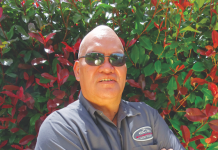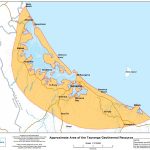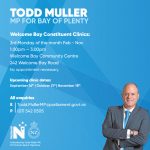The Tauranga and Western Bay bus network underwent its biggest makeover in 10 years when new routes, timetables and a new bus contractor were rolled out in December last year.
The Bay of Plenty, as with other parts of the country, is facing a number of transport challenges.
These include rapid population growth and associated traffic congestion, increasing demand and expectation for public transport services, the need for supporting infrastructure development, and an increasing level of investment required to deliver public transport.
Redesigning the bus service
Bay of Plenty Regional Council Passenger Transport Programme Leader,
Rachel Pinn, says providing good public transport to jobs and education in a city like Tauranga is challenging.
“There are a number of service design principles that were used when
drawing up the new bus network and this includes meeting existing
demands from users with an aim to attract additional users,” Rachel says.
“It has been redesigned to provide more direct routes and stronger connections between areas outside of the Tauranga city centre.”
“Tauranga is not a strongly centralised city. Its employment, educational facilities, retail centres, service centres
and recreational spots are dispersed throughout the city and this shapes how people need to travel.”
New routes have been introduced to address urban growth issues including the new CBD and hospital routes that leave every 15 minutes, and the Golden Sands Express.
“At least 30 per cent of passengers will have shorter journey times because of more direct routes and more frequent buses will enable people to travel closer to their desired travel times, so
there will be savings in their journey times as well,” Rachel says.
Bright shiny new features and services
New features on buses include bike racks and internal and external
CCTV cameras. Regional Council is committed to low carbon transport,
with five electric buses rolling out across the network from
There is also a SuperGold fare subsidy administered by the Ministry of Social Development to fund free bus travel for seniors.
New services
- The City and Hospital Link services run every 15 minutes between Bayfair, Mount Maunganui and Tauranga CBD.
- The new Crosstown Connector links the southern end of the city from Bayfair to Welcome Bay, Windermere Polytech campus and Greerton, to Tauranga Crossing.
- The Goldline service has been introduced due to popular demand and provides offpeak connections to retirement homes, the cruise ship terminal and the Mount Hot Pools.
- Route 30x, the Pāpāmoa Express to the Tauranga CBD, has travel times comparable with your personal car during peak travel times.
- Route 72 is a new service for Otumoetai with transfers to other services available at the Brookfield Transfer point.
Transfers
Rachel Pinn says the reason behind the transfer system on the new network is to improve bus reliability.
“There is too much variability with the traffic flows and buses getting delayed. It’s not as easy as just slotting in another bus onto the route. Transfer points open up more travel options for passengers and mean not all have to go into the CBD.”
The transfer wait time is dependent on where the passenger is heading. For the majority of
Passengers who hold on to their printed ticket and show it when they
board a different bus service can transfer once for free, for up to an hour from the time the ticket was issued, but excludes return travel.










































































